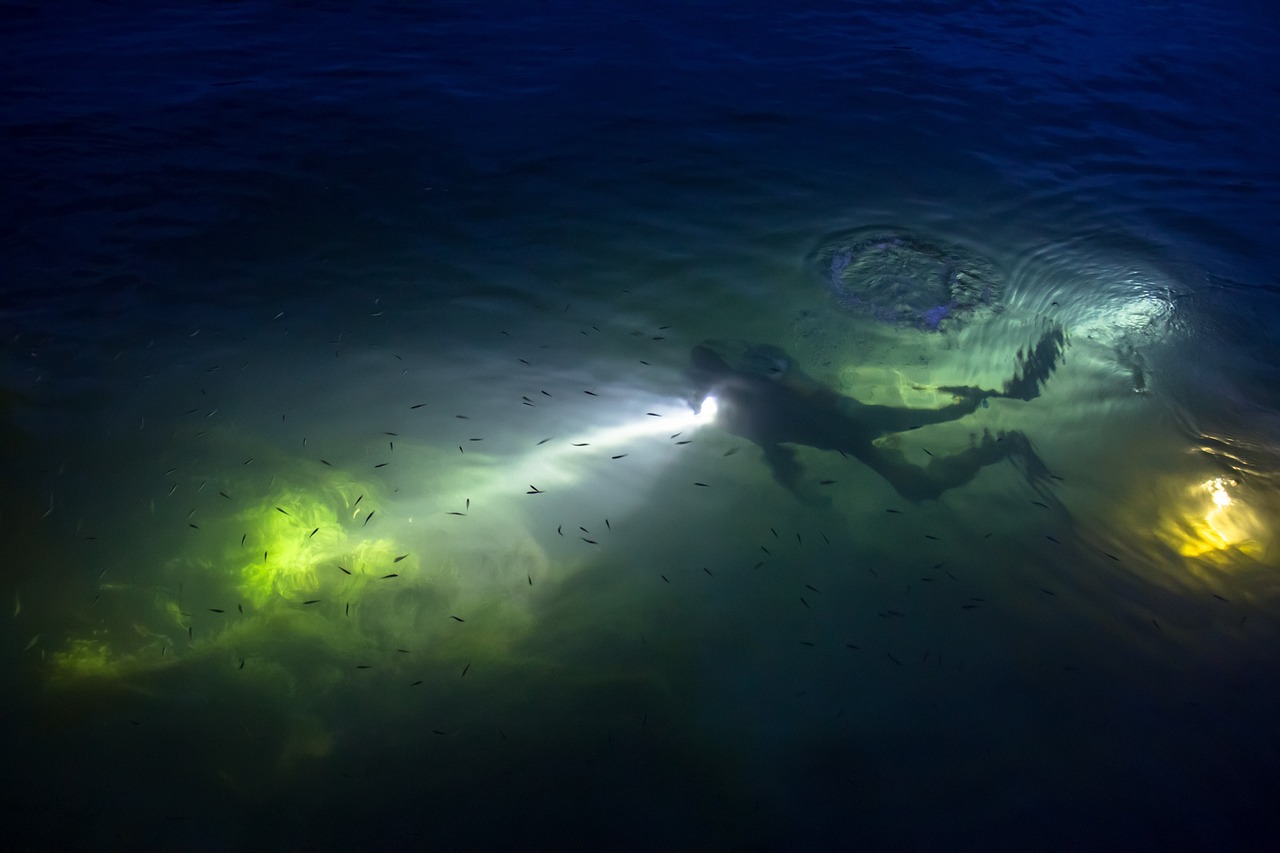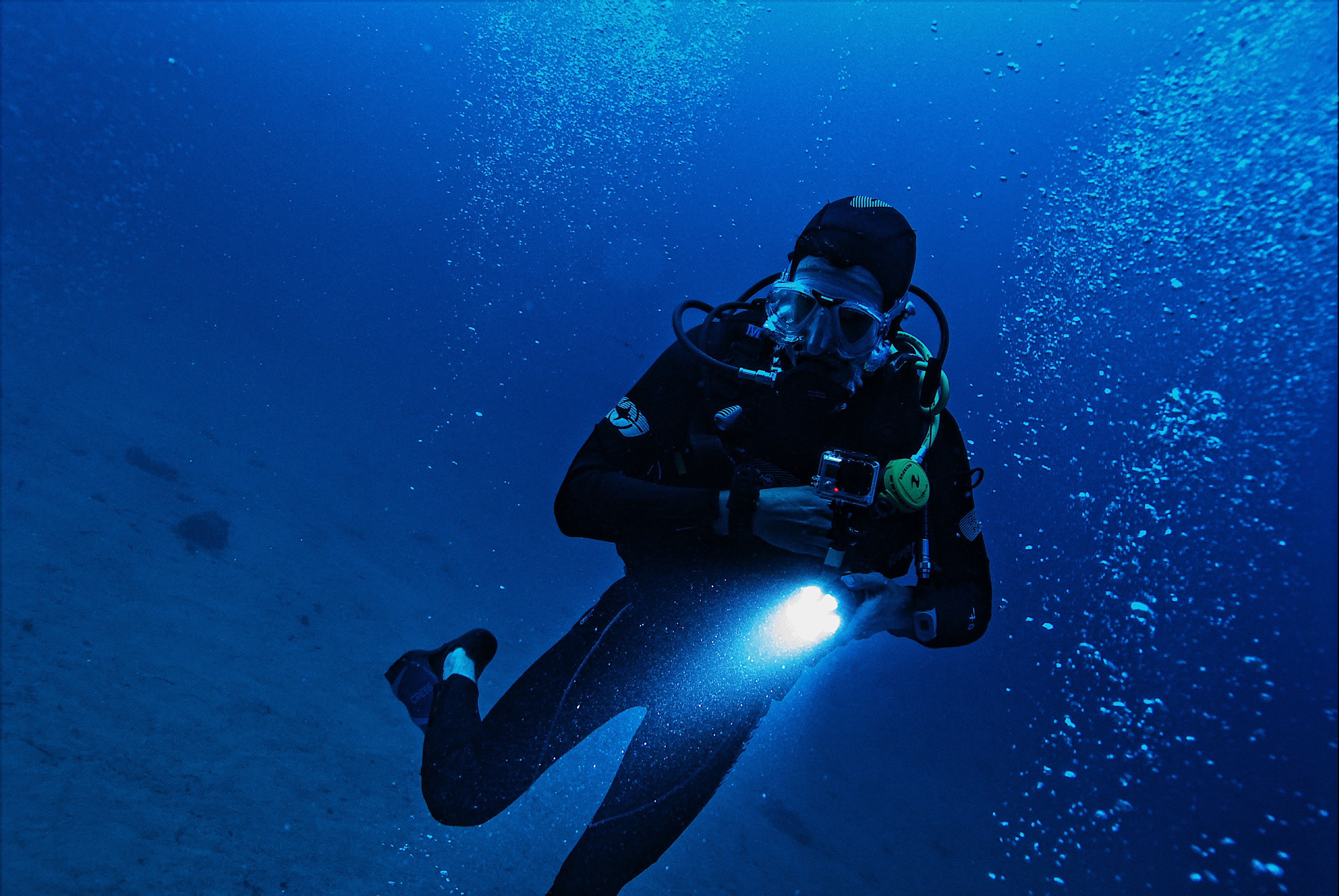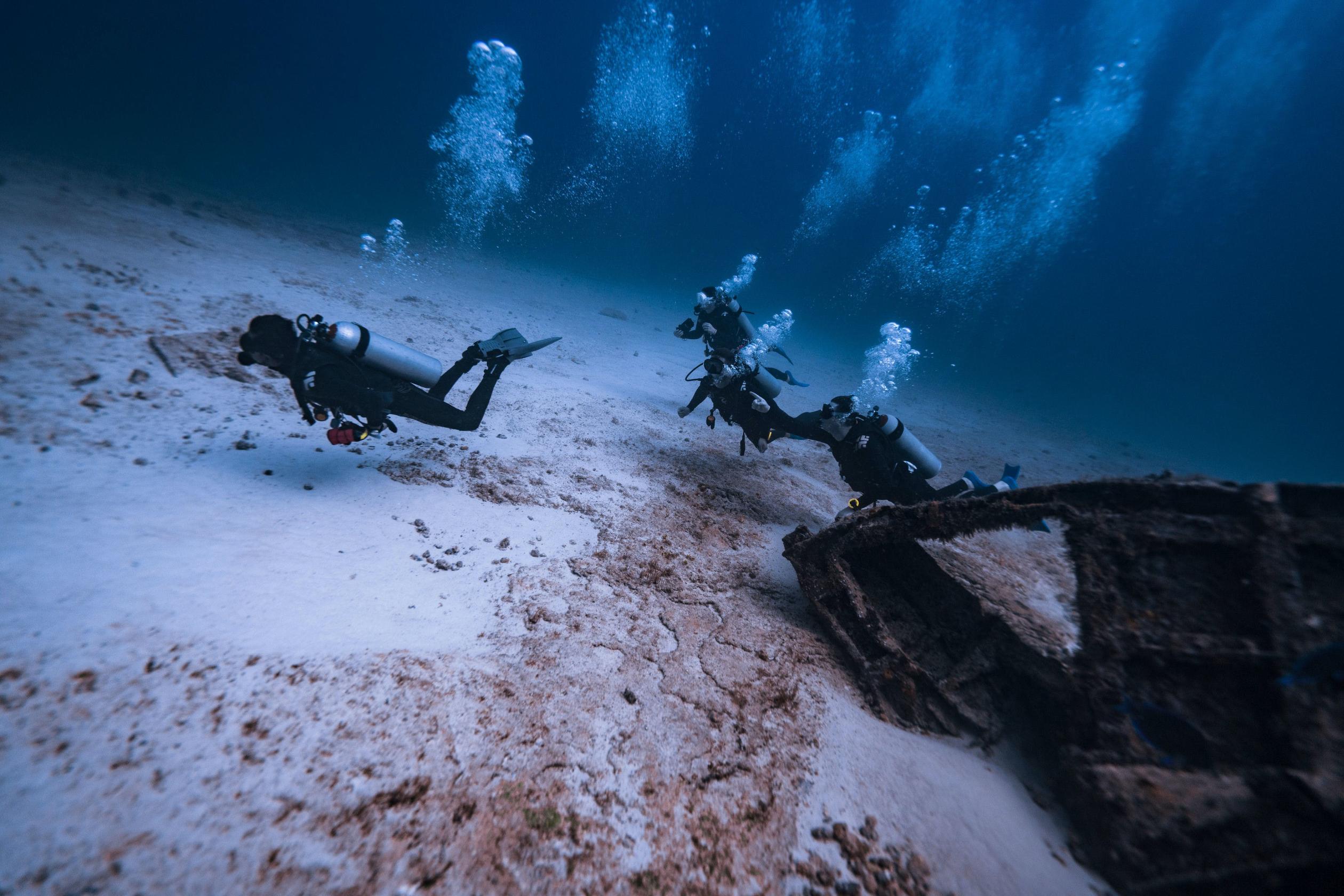15th Nov 2023
Navigating the Dark: Techniques for Safe Night Diving
Night diving is an exhilarating experience that opens up a whole new world beneath the waves. However, venturing into the underwater realm after sunset requires a different set of skills and techniques compared to daytime diving. In this guide, we'll explore the essential techniques for safely navigating the dark during night diving, catering to both new and advanced divers.
Preparation is Key

Before you even set foot in the water, thorough preparation is crucial for a safe night dive. Here are some key steps to follow:
- Check Equipment: Ensure that all your scuba gear is in excellent condition. Pay extra attention to your dive lights, ensuring they are fully charged and in good working order.
- Plan the Dive: Familiarize yourself with the dive site during daylight hours. Take note of landmarks and potential hazards. Plan your entry and exit points, as well as the direction of your dive.
- Buddy System: Night diving should never be done alone. Always have a buddy with you, and establish clear communication signals before descending.
Proper Lighting Techniques

Dive lights are your lifeline in the darkness. Knowing how to use them effectively is crucial for a safe night dive.
- Primary Light: Your primary light should be powerful enough to illuminate a wide area. Use it to navigate and scan your surroundings. Keep it pointed slightly downward to prevent blinding your buddy or marine life.
- Backup Light: Always carry a backup light in case your primary light fails. It should be easily accessible and powerful enough to provide sufficient visibility in an emergency.
- Hand Signals: Establish clear hand signals with your buddy for communication in the dark. Practice them before the dive to ensure smooth communication underwater.
Maintain Proper Buoyancy
Maintaining proper buoyancy is essential during any dive, but it becomes even more crucial at night:
- Controlled Descents and Ascents: Go down slowly, equalizing your ears and monitoring your buoyancy. Ascend at a controlled rate to avoid barotrauma and decompression sickness.
- Avoid Kicking up Sediment: Finning too vigorously can kick up sand and silt, reducing visibility for both you and your buddy. Use gentle, controlled movements to maintain clear waters.
Orientation and Navigation

Navigating in the dark requires a heightened sense of awareness and precision.
- Use Natural References: Pay attention to the layout of the dive site and use natural features like rocks, corals, or specific marine life as reference points for navigation.
- Compass Navigation: If available, use a compass to maintain your intended direction. Combine compass headings with natural references for accurate navigation.
- Stay Close to the Bottom: Whenever possible, maintain proximity to the seabed. This not only conserves energy but also provides a stable reference point for orientation.
Awareness of Marine Life
Night diving offers a unique opportunity to witness nocturnal creatures in their natural habitat. However, it's crucial to approach them with respect and caution.
- Avoid Flash Photography: The sudden burst of light from a camera can startle or disorient marine life. If you wish to take photos, use a red filter or a focus light to minimize disturbance.
- Observe from a Distance: Resist the urge to touch or disturb marine life. Observe from a respectful distance to avoid causing stress or harm.
A night dive to remember
Night diving can be an incredibly rewarding and memorable experience, provided you approach it with the right techniques and mindset. Thorough preparation, proper use of dive lights, buoyancy control, precise navigation, and respectful interaction with marine life are key elements for a safe and enjoyable night dive. Remember, practice and experience are your best allies in becoming a proficient night diver. So, gear up, buddy up, and explore the mysteries of the underwater world after dark!
